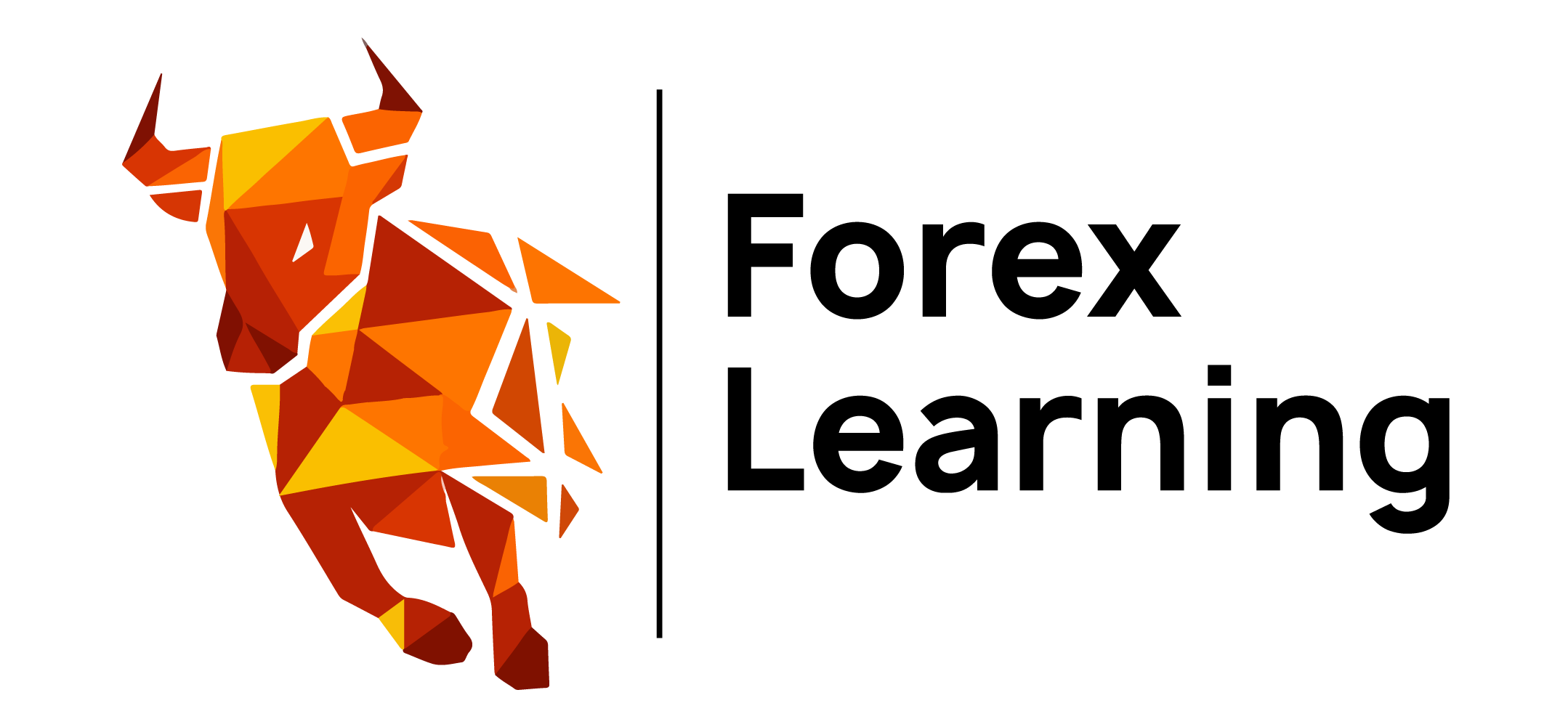In this chapter, we will learn about the structure of the forex market.
However, the structure of the forex market is rather unique because major volumes of transactions are done in the Over-The-Counter (OTC) market which is independent of any centralized system (exchange) as in the case of stock markets.
Hierarchy of Participants
The forex market consists of a hierarchy of participants, each with its own role and level of influence. Here is a breakdown of the key participants in the forex market hierarchy:
- Interbank Market:
- Central Banks: Central banks are at the top of the hierarchy. They play a pivotal role in the forex market by setting interest rates, conducting monetary policy, and intervening in the currency markets to stabilize their national currencies.
- Commercial Banks: Large commercial banks, often referred to as “market makers,” facilitate the majority of forex trading. They provide liquidity to the market by quoting bid and ask prices for various currency pairs and executing trades on behalf of clients.
- Financial Institutions:
- Investment Banks: Investment banks participate in the forex market to serve their clients’ needs, including hedging currency risk, facilitating international transactions, and providing trading services. They also engage in proprietary trading for their own profit.
- Hedge Funds: Hedge funds often engage in speculative trading in the forex market, aiming to profit from currency price movements. They have the flexibility to use various strategies, including high-frequency trading and algorithmic trading.
- Corporations:
- Multinational Corporations: These companies engage in forex markets to manage currency risk associated with international trade and investment. They use forex markets to hedge against adverse currency movements.
- Retail Traders:
- Individual Traders: Individual retail traders are at the bottom of the hierarchy. They are private individuals who participate in the forex market through online trading platforms offered by brokers. Retail traders typically engage in speculative trading, attempting to profit from currency price fluctuations.
- Brokers:
- Retail Forex Brokers: These brokers cater to individual retail traders, providing access to the forex market. They offer trading platforms, leverage, and access to currency pairs. Retail brokers act as intermediaries between traders and the interbank market.
- Institutional Forex Brokers: These brokers serve institutional clients, such as corporations, investment funds, and high-net-worth individuals. They provide specialized services, including access to deeper liquidity pools and custom trading solutions.
- Market Makers:
- Dealing Desks: Some brokers operate dealing desks, where they act as market makers. They quote their own bid and ask prices and may take the opposite side of their clients’ trades. This model can lead to potential conflicts of interest.
- Non-Dealing Desks (ECN/STP): Non-dealing desk brokers, such as Electronic Communication Network (ECN) and Straight Through Processing (STP) brokers, connect traders directly to the interbank market. They typically do not take positions against their clients.
- Algorithmic Traders:
- Algorithmic traders are entities that use computer algorithms and high-frequency trading strategies to execute large volumes of trades quickly. They can be found in various categories, including hedge funds, proprietary trading firms, and some institutional traders.
- Retail Investors:
- Some retail investors participate in the forex market through exchange-traded funds (ETFs) or other investment vehicles that track currency performance. This allows them to gain exposure to forex markets without actively trading individual currency pairs.
It’s essential to understand the roles and motivations of these participants when engaging in forex trading, as they collectively contribute to the market’s dynamics, liquidity, and price movements. Additionally, each participant type has its own risk tolerance and objectives, which can influence market behavior.


